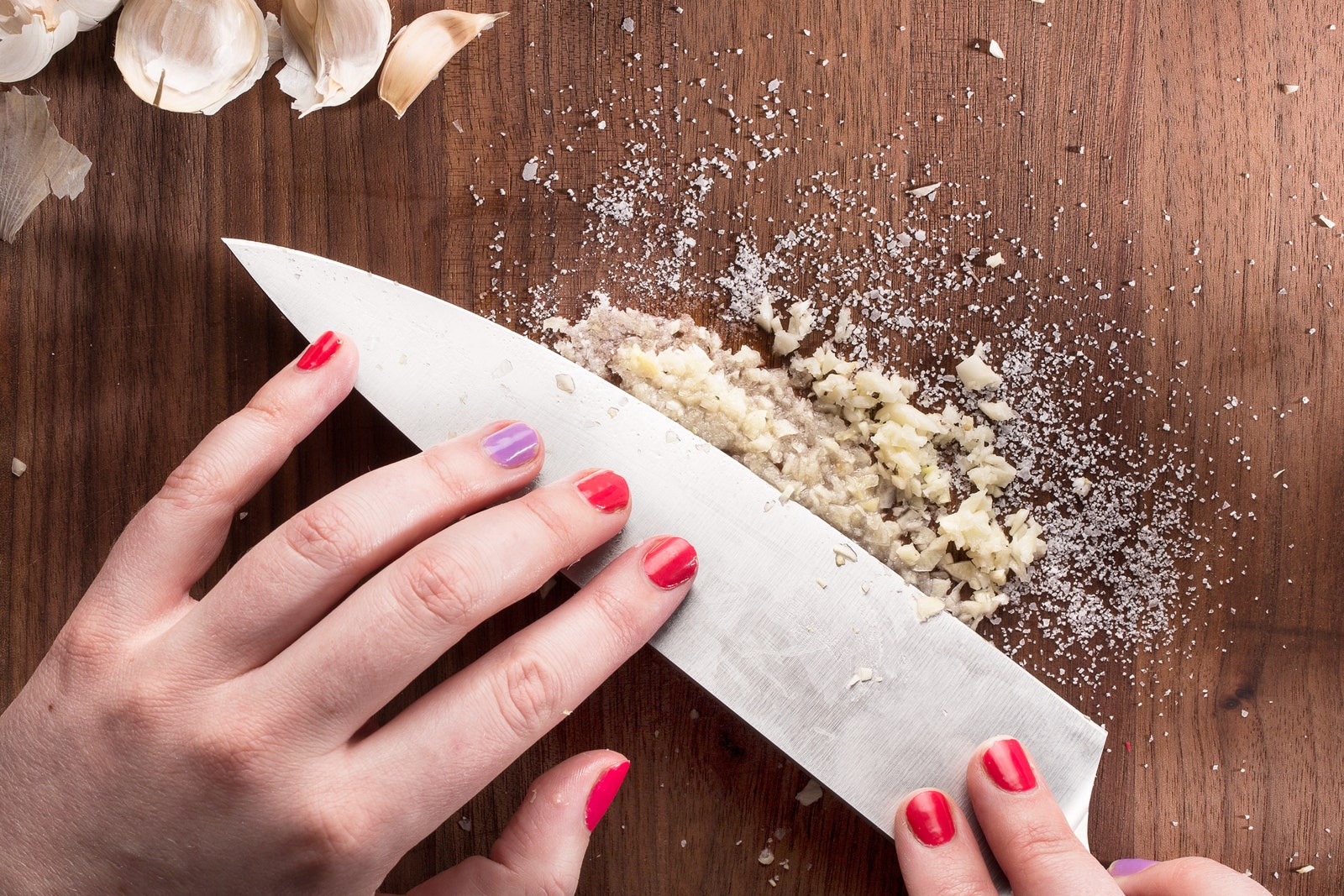

Articles
How To Make Garlic Paste Without Blender
Modified: February 28, 2024
Discover an easy and convenient method to make flavorful garlic paste without a blender. Read our informative articles and start adding a hint of garlic goodness to your meals.
(Many of the links in this article redirect to a specific reviewed product. Your purchase of these products through affiliate links helps to generate commission for Storables.com, at no extra cost. Learn more)
Introduction
Gone are the days when a blender was an essential kitchen appliance for making garlic paste. Whether you don’t have a blender at home or simply want to try a different method, there are several ways to make garlic paste without a blender. In this article, we’ll explore four different methods that can help you achieve that perfect garlic paste consistency.
Garlic paste is a versatile ingredient that adds flavor and aroma to a variety of dishes. From marinades and sauces to curries and stir-fries, garlic paste is a staple in many cuisines around the world. While a blender can make the task of making garlic paste quick and easy, there are alternative methods that can be just as effective.
If you’re in a hurry or prefer a more rustic approach, you can use simple tools and techniques to crush, chop, grate, or smash garlic cloves into a smooth paste. These methods not only allow you to create garlic paste without a blender but also provide an opportunity to unleash your inner chef and enjoy the process of creating delicious flavors from scratch.
In the following sections, we’ll dive into the step-by-step instructions for each method, giving you the flexibility and freedom to choose the one that suits you best.
Key Takeaways:
- Enjoy the versatility of creating garlic paste without a blender using methods like crushing, grating, and rolling. Embrace the process and infuse your culinary creations with your personal touch.
- Experiment with different techniques to achieve the perfect garlic paste consistency for your favorite recipes. Whether you’re crushing, grating, or using a mortar and pestle, savor the flavors and aromas of fresh garlic in your dishes!
Read more: How To Make Date Paste In Blender
Method 1: Crushing and Chopping
This method involves crushing and chopping garlic cloves to create a smooth paste. It requires a sharp knife, a cutting board, and a bit of patience. Here’s how you can make garlic paste without a blender using this method:
- Start by peeling the garlic cloves. Place a clove on the cutting board and gently press it down with the flat side of a chef’s knife. The skin should come off easily.
- Once peeled, use the side of the knife to crush the garlic clove. Press down firmly with the heel of your hand or the flat side of the knife until the garlic is slightly flattened.
- Next, finely chop the crushed garlic. Hold the tip of the knife down firmly on the cutting board and rock the blade back and forth, applying pressure as you go. Continue chopping until the garlic is minced into tiny pieces.
- To create a paste-like consistency, gather the minced garlic into a pile and sprinkle a pinch of salt on top. Use the side of the knife blade to press and smear the minced garlic and salt together. Continue this motion until a smooth paste forms.
- Transfer the garlic paste to a small bowl or container, cover it, and refrigerate until ready to use.
This method allows you to control the texture of the garlic paste based on your preference. For a finer paste, chop the garlic more finely and spend a bit more time smearing it into a smooth consistency. If you prefer a chunkier paste, leave the garlic slightly less minced.
Using a knife to create garlic paste may take a bit more time and effort compared to a blender, but it’s a worthwhile technique to learn. It allows you to appreciate the flavors and aromas of fresh garlic and gives you more control over the final result.
Now that you’ve mastered the crushing and chopping method, let’s move on to the next technique for making garlic paste without a blender: using a mortar and pestle.
Method 2: Using a Mortar and Pestle
If you’re looking for a traditional and hands-on approach to making garlic paste, using a mortar and pestle is the way to go. This method allows you to release the flavors and oils of the garlic cloves, resulting in a rich and aromatic paste. Here’s how you can make garlic paste without a blender using a mortar and pestle:
- Begin by peeling the garlic cloves. Gently crush them with the flat side of a knife, similar to Method 1, to facilitate the grinding process.
- Place a few garlic cloves into the mortar. Make sure not to overload it, as you want to be able to easily grind the garlic into a paste.
- Using the pestle, firmly press and grind the garlic cloves against the bottom and sides of the mortar in a circular motion. Apply downward pressure and continue this motion until the garlic starts to break down and turn into a paste.
- As you grind, add a pinch of salt or a small amount of oil to help create a smooth consistency and enhance the flavors of the garlic paste.
- Continue grinding and combining until you achieve the desired texture. The more you grind, the smoother the paste will become.
- Once you have the desired consistency, transfer the garlic paste to a container and store it in the refrigerator for later use.
Using a mortar and pestle allows you to control the texture and level of coarseness in the garlic paste. If you prefer a chunkier paste, grind the garlic cloves less. For a smoother paste, grind the cloves for a longer duration.
This method requires a bit of physical effort but is incredibly rewarding. The process of grinding the garlic releases the flavors and aromas, resulting in a paste that is full of depth and complexity.
Now that you’ve learned how to make garlic paste using a mortar and pestle, let’s explore another method for creating this essential kitchen ingredient: grating garlic.
To make garlic paste without a blender, use a mortar and pestle to crush peeled garlic cloves with a pinch of salt until a smooth paste forms. Alternatively, finely mince the garlic and then use the flat side of a knife to press and smear it into a paste.
Method 3: Grating Garlic
If you’re looking for a quick and efficient way to make garlic paste without a blender, grating the garlic cloves is a great option. This method uses a grater or a microplane to transform the garlic into a fine paste. Here’s how you can do it:
- Start by peeling the garlic cloves and trimming off any brown or woody ends.
- Take a grater or a microplane and hold it at a slight angle over a clean plate or bowl.
- Rub the garlic cloves against the grating surface using a downward motion. Be careful to avoid grating your fingers as you work through each clove.
- As you grate the garlic, it will turn into a fine paste that collects on the plate or bowl.
- Once you have grated all the garlic cloves, use a spoon or a knife to gather the paste into a central pile.
- If desired, add a pinch of salt or a small amount of oil to enhance the flavor and help create a smoother consistency.
- Gently mix and mash the grated garlic paste with the back of a spoon or a fork until it reaches the desired texture.
- Transfer the garlic paste to an airtight container or jar and store it in the refrigerator for later use.
Grating garlic allows you to achieve a fine and uniform paste quickly. The sharp edges of the grater or microplane effectively break down the garlic cloves, resulting in a smooth and flavorful paste.
This method is particularly useful when you need garlic paste for a recipe that calls for finely minced or grated garlic. It saves time and provides the same great flavor as other methods, without the need for a blender.
Now that you know how to grate garlic for a paste, let’s move on to the final method: rolling and smashing the garlic cloves.
Method 4: Rolling and Smashing
If you’re looking for a simple and straightforward method to make garlic paste without a blender, rolling and smashing the garlic cloves is a tried-and-true technique. This method requires minimal tools and effort, making it accessible to anyone. Here’s how you can make garlic paste using this method:
- Start by peeling the garlic cloves and removing any brown or woody ends.
- Using the flat side of a knife or the palm of your hand, gently press down on each garlic clove to slightly flatten it.
- Place the flattened garlic clove on a cutting board and, using the heel of your hand, press down firmly and forcefully to smash the garlic. Apply enough pressure to break down the clove but be careful not to hurt yourself.
- Continue smashing each garlic clove until they are all flattened and broken down into a paste-like consistency.
- Optional: Add a pinch of salt to the smashed garlic cloves to help extract the flavors and aid in creating a smooth paste.
- Using the back of a spoon or a fork, mash and mix the smashed garlic cloves until they form a cohesive paste.
- Transfer the garlic paste to a container or jar with an airtight seal and store it in the refrigerator until needed.
The rolling and smashing method allows you to quickly transform peeled garlic cloves into a paste-like consistency. The forceful smashing action releases the oils and flavors of the garlic, resulting in a robust and aromatic paste.
This method is perfect when you need garlic paste in a hurry or don’t have access to more traditional tools like blenders or mortars and pestles. It’s also a great option for those who prefer a chunkier texture in their garlic paste.
Now that you have learned four different methods to make garlic paste without a blender, you can choose the technique that suits your preferences and the available tools in your kitchen. The versatility of these methods allows you to enjoy the process of creating garlic paste from scratch and adds a personal touch to your culinary endeavors.
Experiment with each method to find the one that yields the perfect garlic paste consistency for your favorite recipes. Whether you’re crushing and chopping, using a mortar and pestle, grating, or rolling and smashing, enjoy the flavors and aromas that fresh garlic brings to your dishes!
Remember to store your homemade garlic paste in the refrigerator and enjoy using it in various recipes like sauces, marinades, soups, and more. Bon appétit!
Read more: How To Make Garlic Paste In Food Processor
Conclusion
Creating garlic paste without a blender is not only possible, but it also allows you to explore different techniques and infuse your culinary creations with your personal touch. Whether you choose to crush and chop, use a mortar and pestle, grate, or roll and smash, each method offers a unique way to achieve a smooth and flavorful garlic paste.
By peeling and preparing the garlic cloves, you set the stage for transforming them into a paste-like consistency. From there, you can adapt the method to your taste preferences, adjusting the texture and intensity of the garlic flavor.
While a blender can make the task more convenient, these alternative methods demonstrate that you don’t need advanced kitchen appliances to create delicious garlic paste. The simplicity of these techniques allows you to enjoy the process of cooking and take pride in making homemade ingredients from scratch.
Remember to store your garlic paste in an airtight container in the refrigerator to maintain its freshness and flavor. The homemade garlic paste can be a versatile addition to your recipes, enhancing the taste profiles of various dishes including sauces, marinades, soups, and more.
So, the next time you find yourself without a blender or simply want to try a different approach, give one of these methods a try. Embrace the creativity, unleash your inner chef, and savor the distinct flavors and aromas that homemade garlic paste can bring to your culinary adventures.
Now, armed with the knowledge of these four methods, go forth and create delectable dishes that will excite your taste buds and impress your loved ones!
Frequently Asked Questions about How To Make Garlic Paste Without Blender
Was this page helpful?
At Storables.com, we guarantee accurate and reliable information. Our content, validated by Expert Board Contributors, is crafted following stringent Editorial Policies. We're committed to providing you with well-researched, expert-backed insights for all your informational needs.

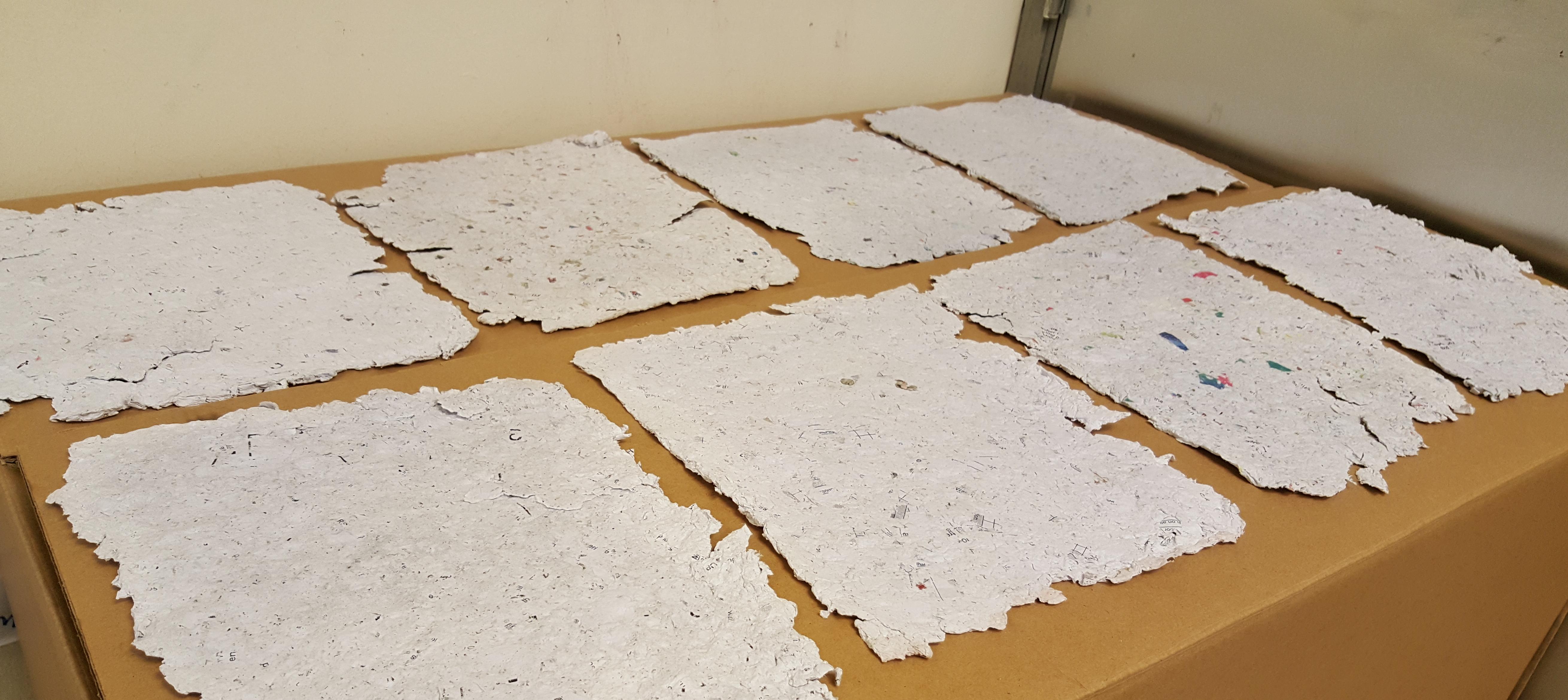
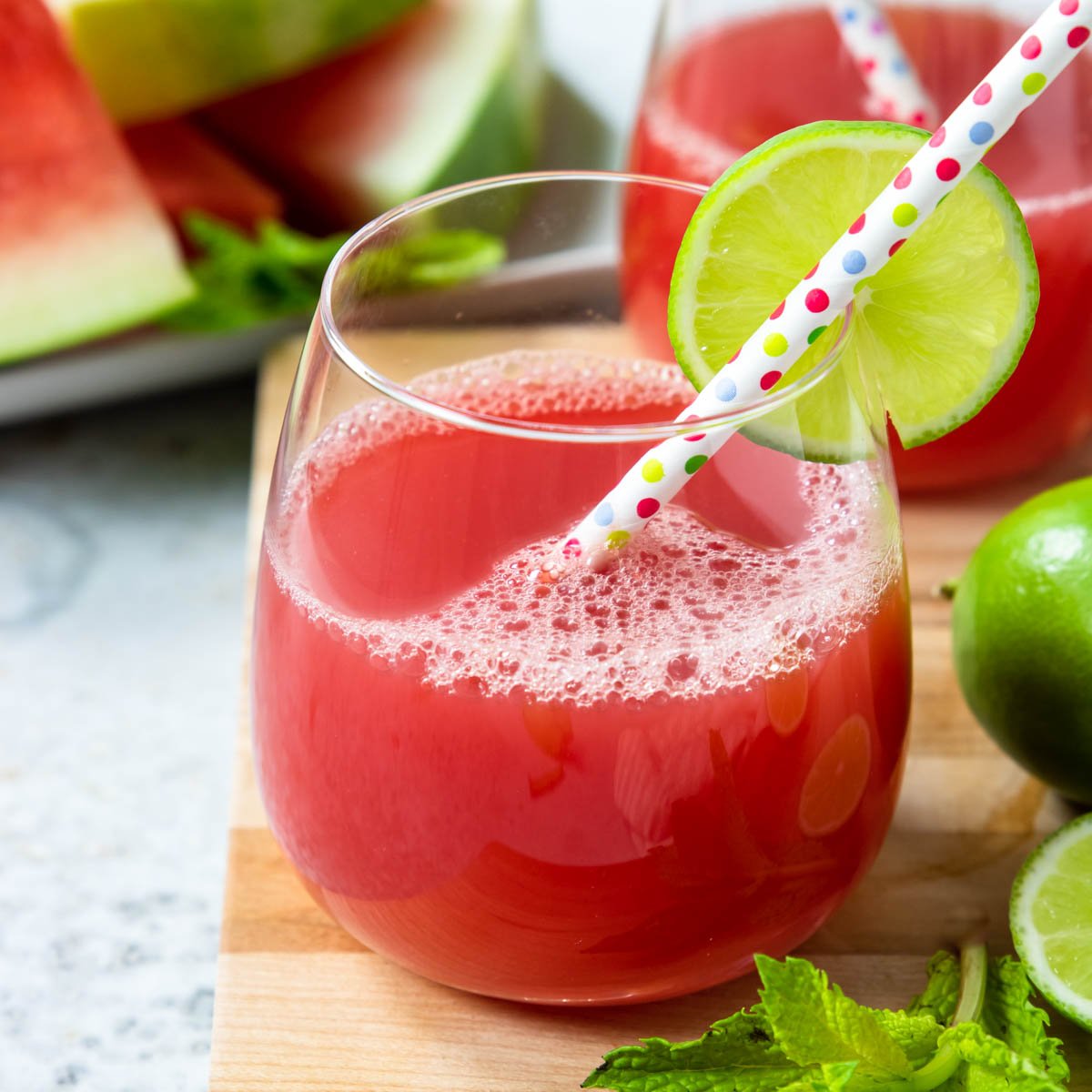
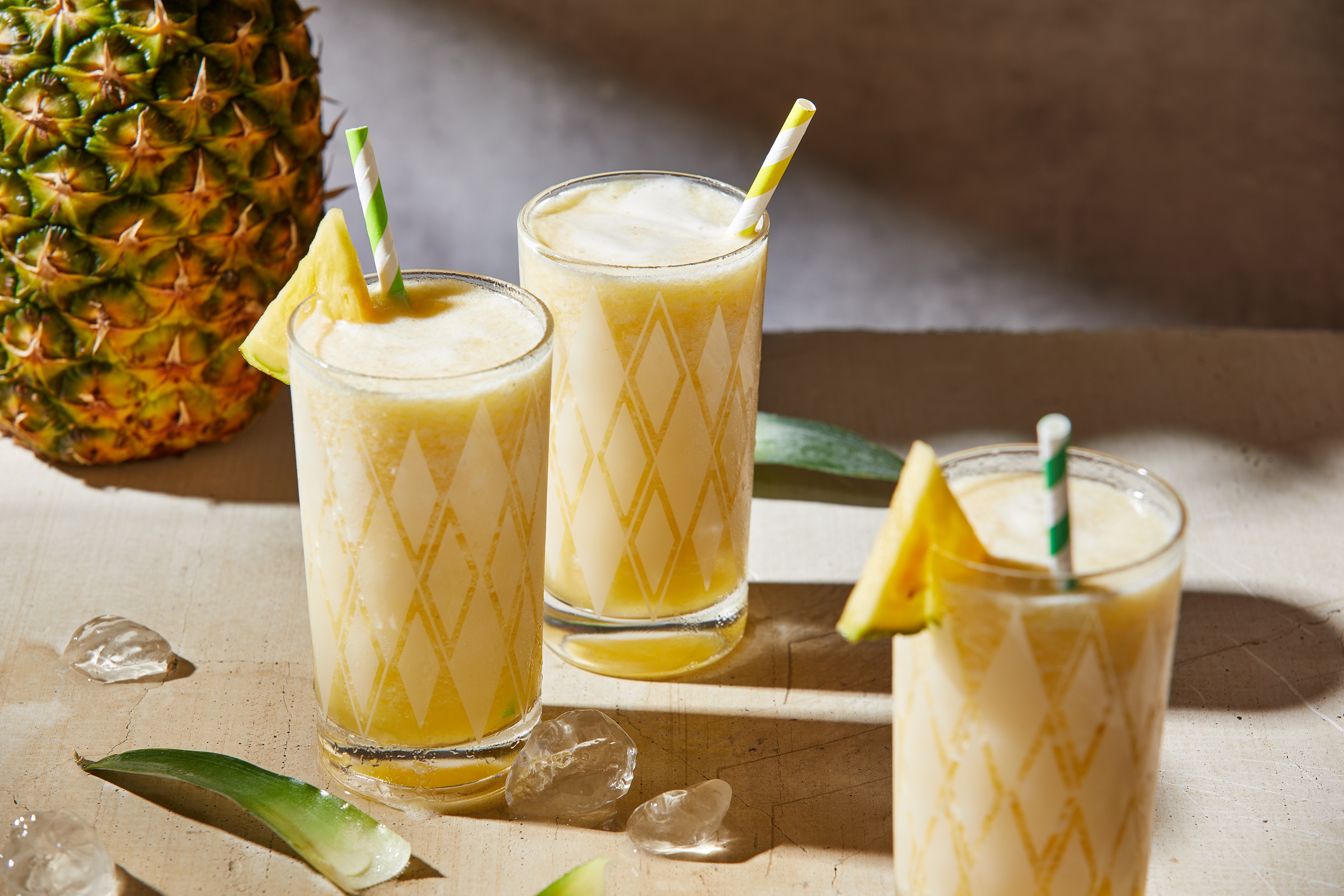
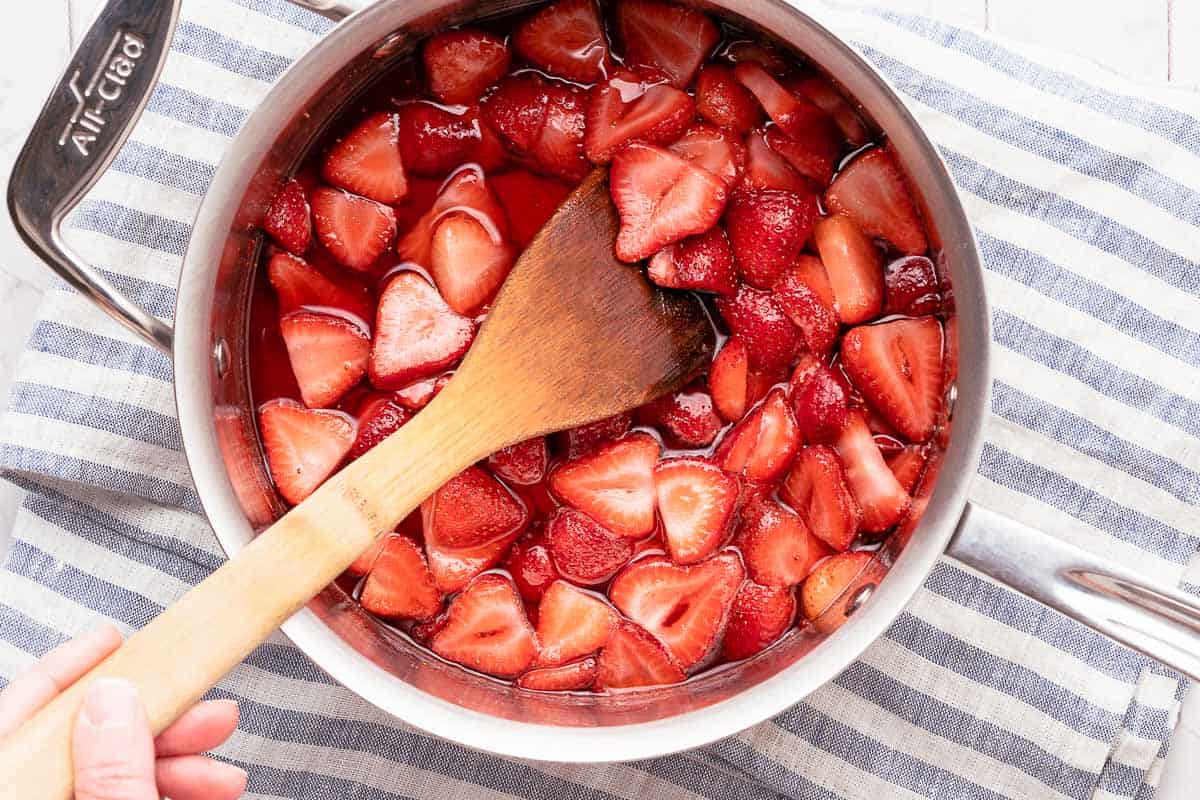
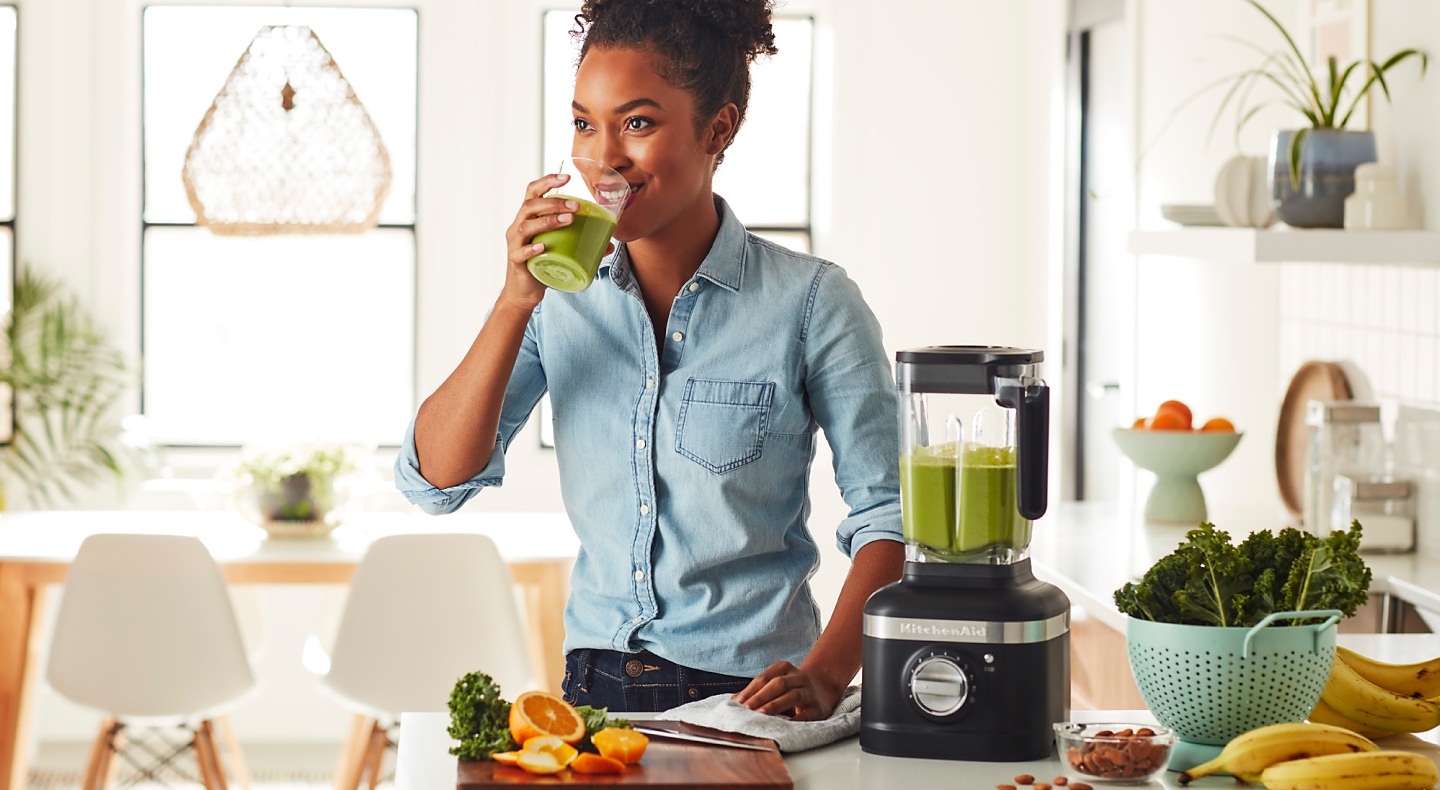
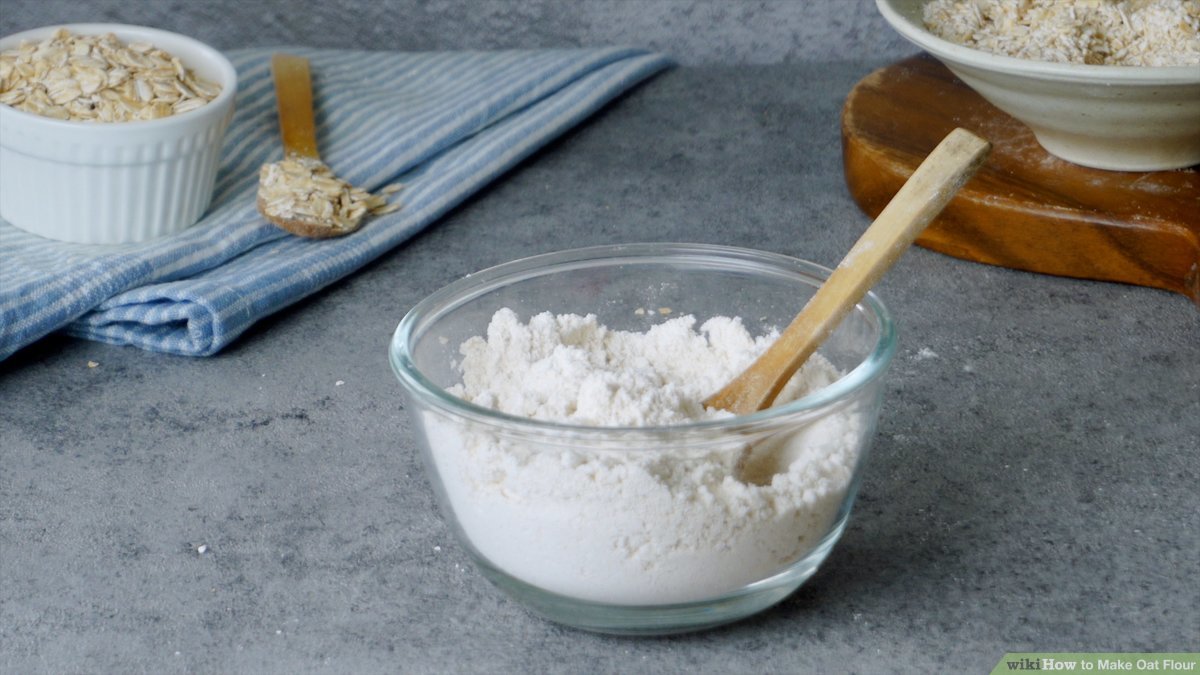
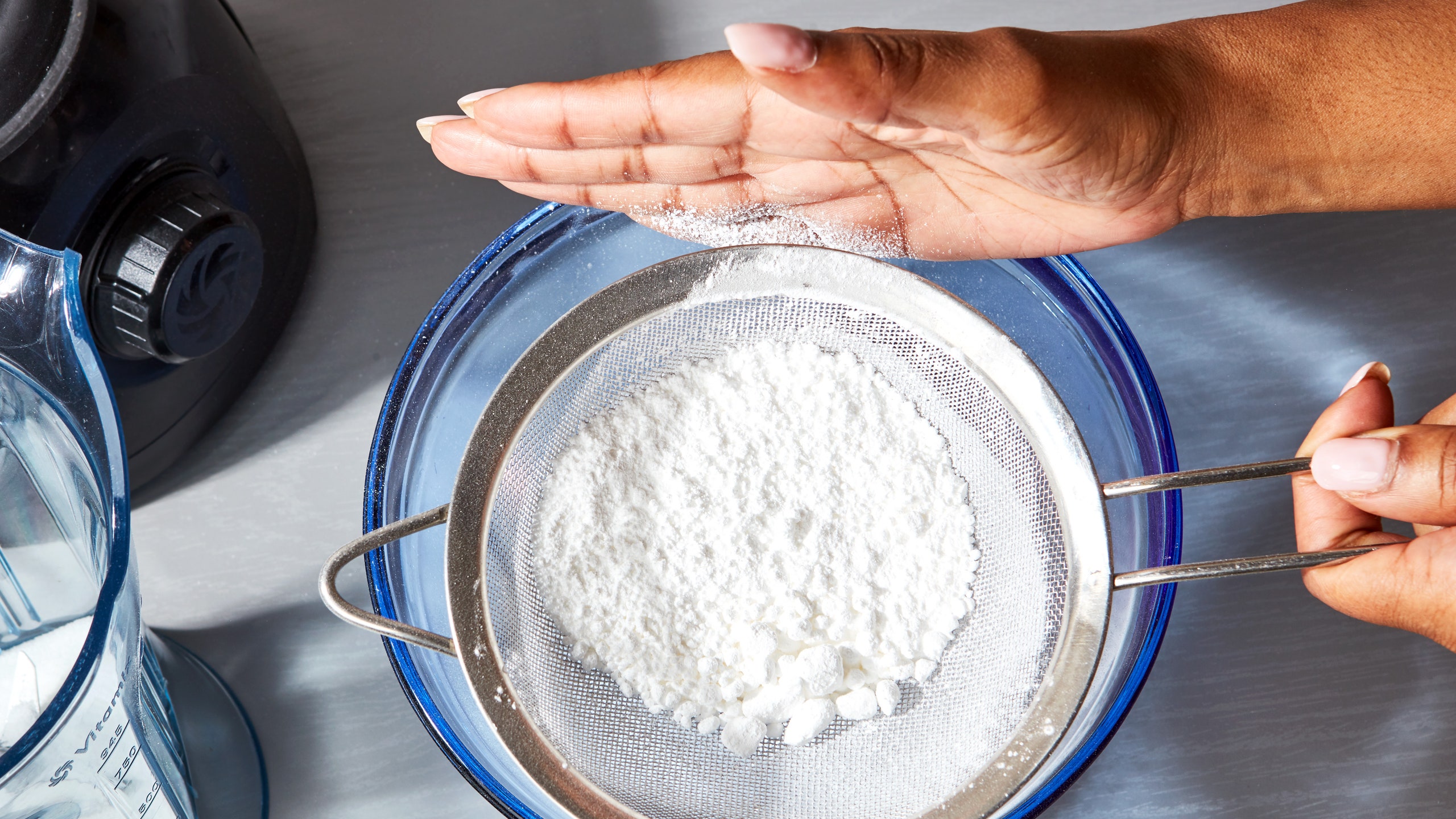
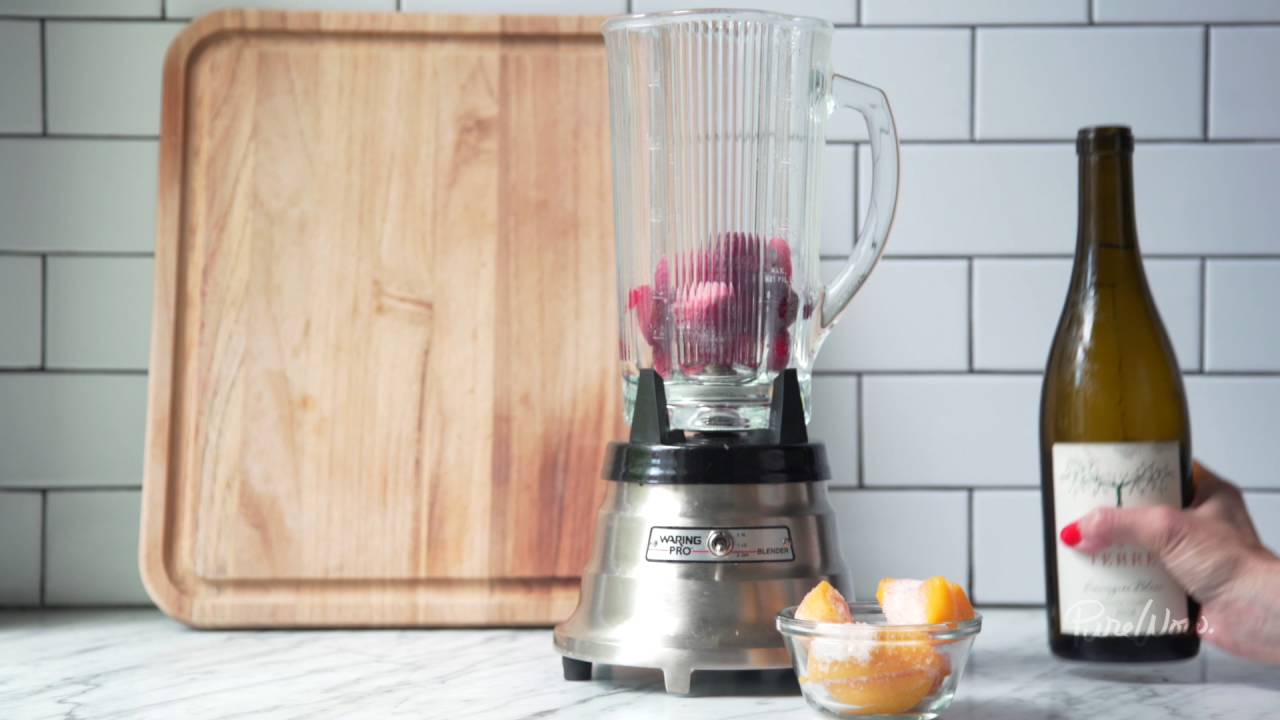
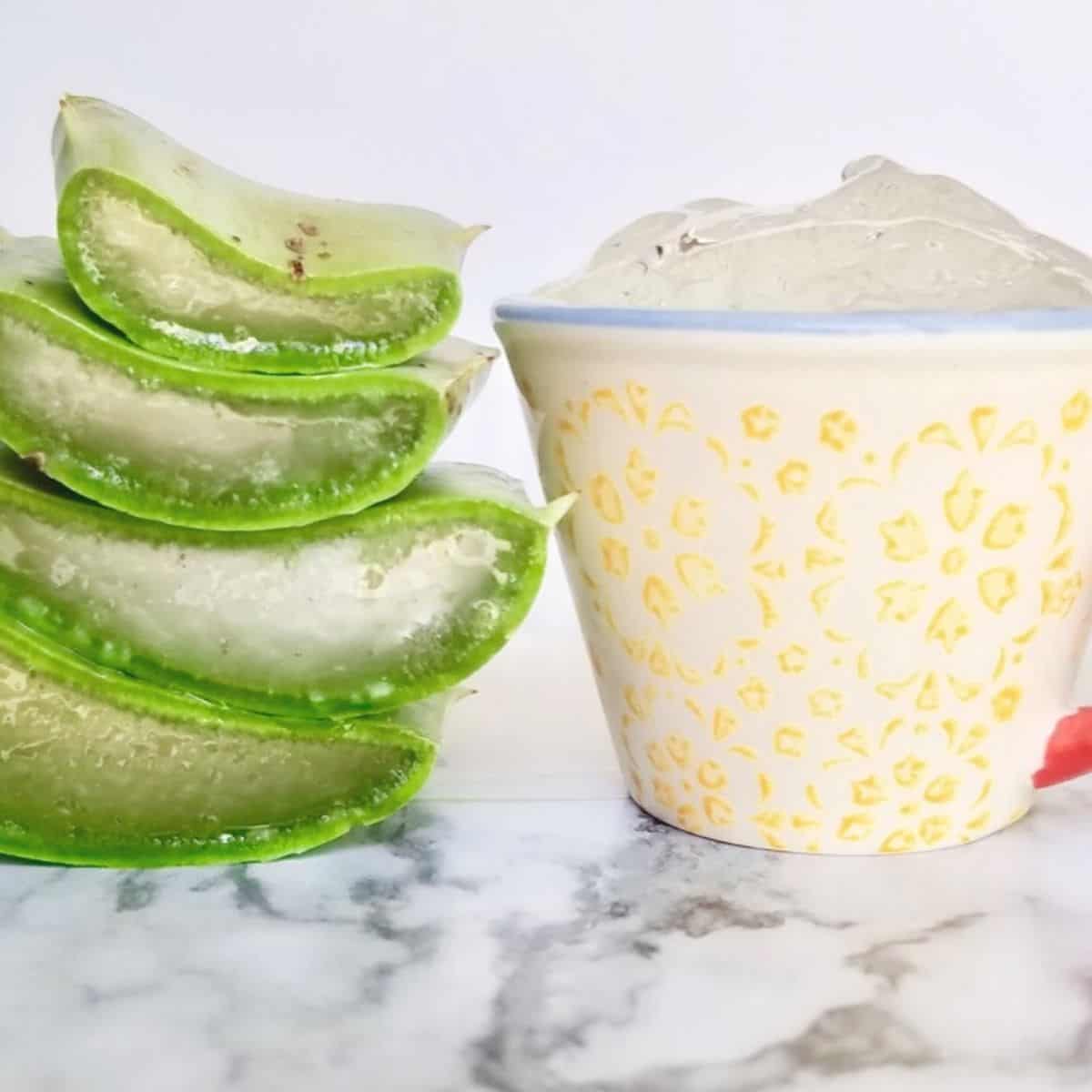
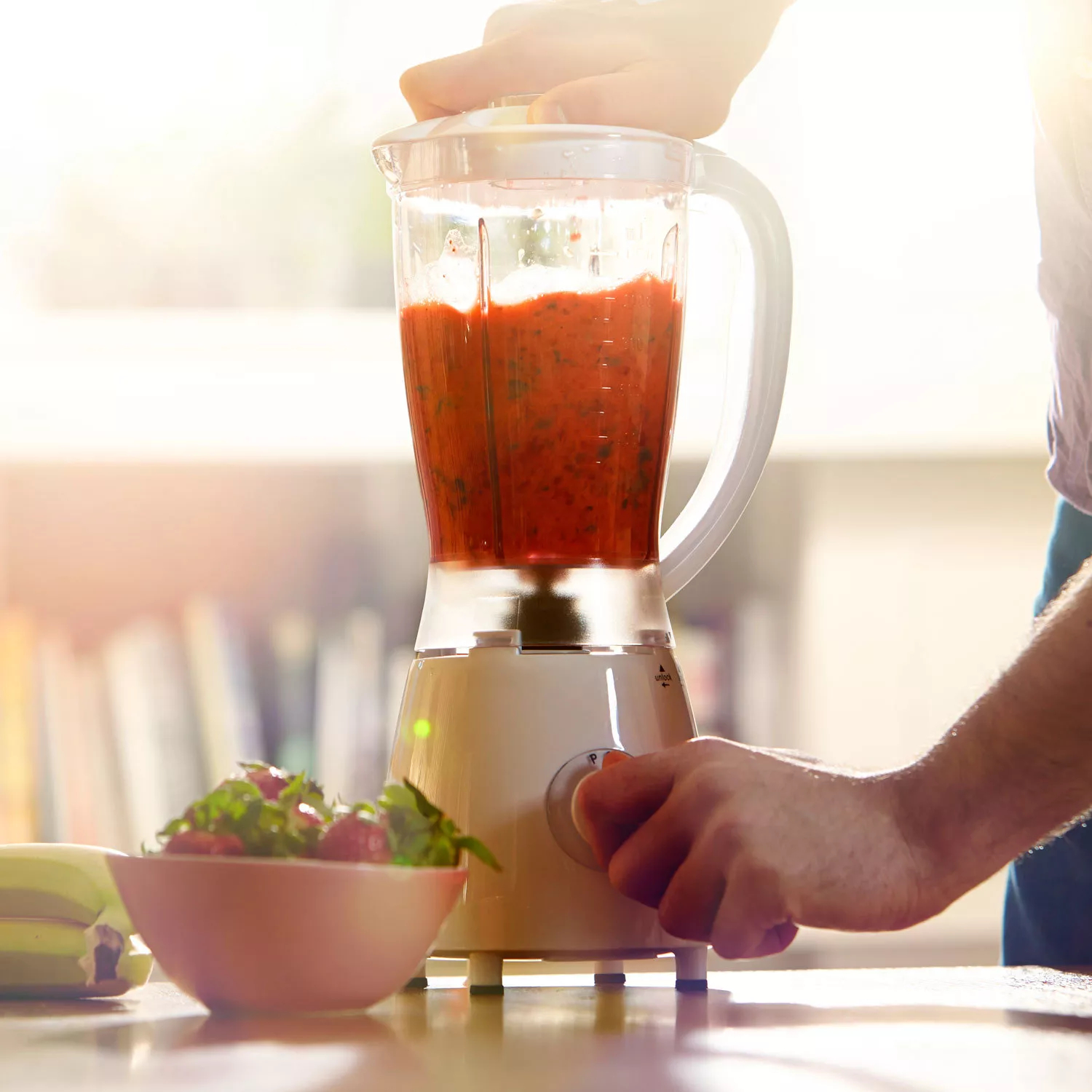
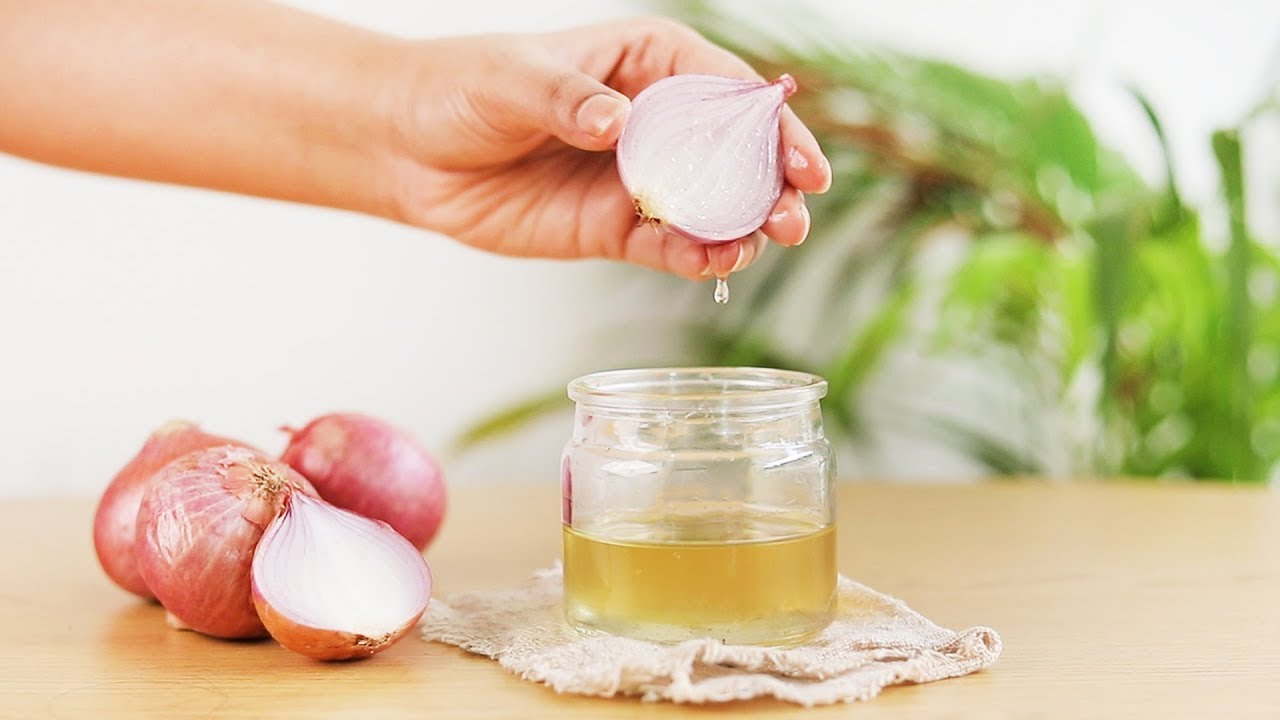
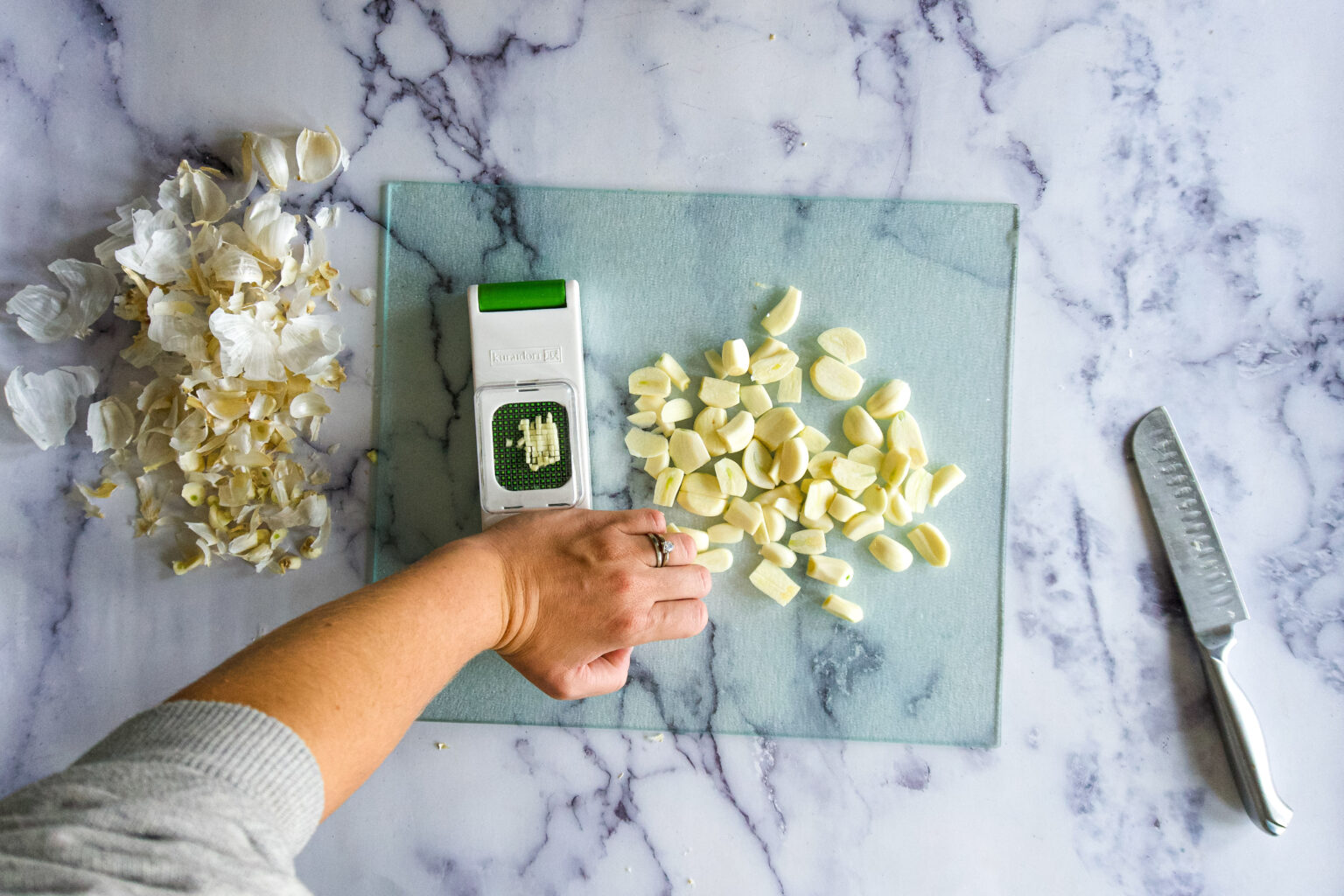
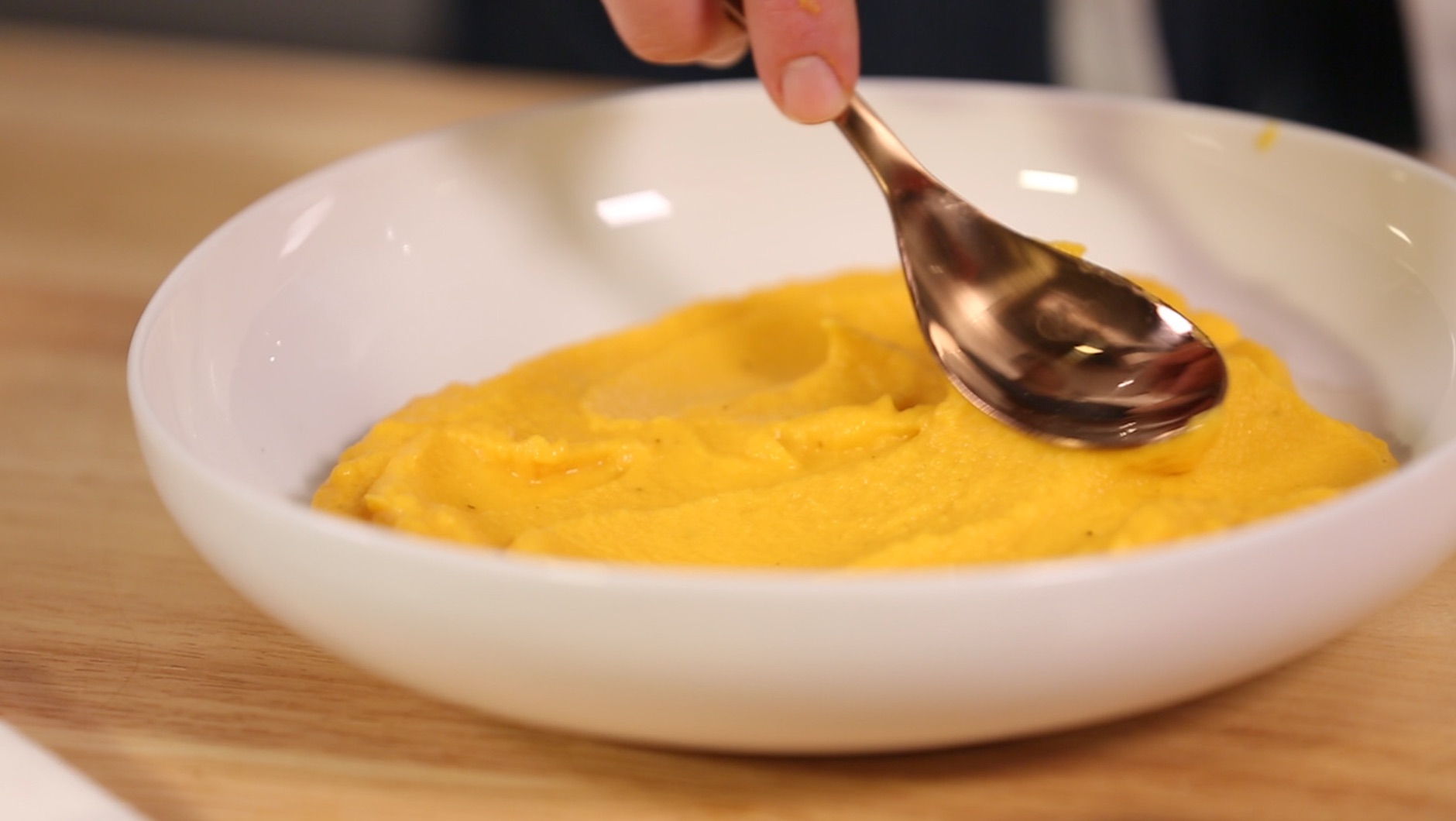

0 thoughts on “How To Make Garlic Paste Without Blender”